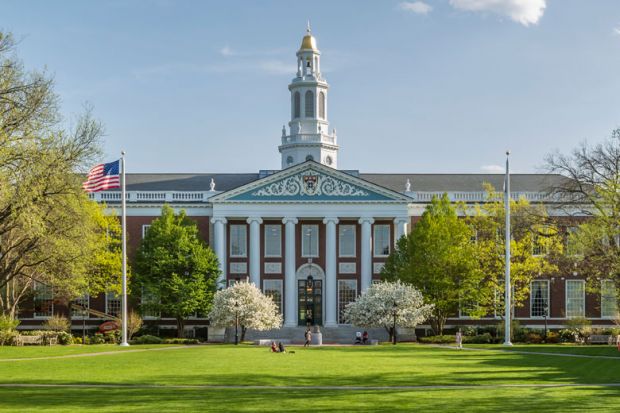July 05, 2018
The true mission of the lawsuit against Harvard

Boston's ALEX BEAM is advocating racism below. Compared to other forms of racism, affirmative action is the big gorilla. It's amazing how brazen the Left are in their obsession with race
Alex does however slip a little bit of news into his article: Harvard has recently started to admit more Asians. Apparently they are feeling the heat. Discriminating against a minority is pretty obnoxious
Harvard should probably encourage more admissions from India. Southern Indians in particular are often quite dark and also quite bright. The amazing Indian Mars shot was the work of South Indian engineers. And Harvard's wealth is so great that poor Indians could be supported. So when the bigots at Harvard look out their windows they would see a satisfying expanse of black skin -- perhaps enough to give them erections
Students for Fair Admissions couldn’t care less about Asian-American students. The true mission of SFFA and its president, Edward Blum, is to end all race preferences, not just in university admissions but also in politics and in the workplace.
Asian-Americans, a confected category that lumps in third-generation students of Indian heritage, many from prosperous families, with the children of Vietnamese boat people in Dorchester, generally fare well in elite university admissions. But for Blum, they are a useful tool in his broad-based anti-affirmative action crusade. His real targets are African-American and Latino students, for whom most affirmative action programs are designed.
Blum, a successful investment adviser, is not a gadfly litigant. He has shepherded cases to the Supreme Court, where he has won some and lost some. If his anti-Harvard lawsuit succeeds — a big if — black and Latino admissions across the country will plummet, redounding to the advantage of, well, everyone who isn’t black or brown.
Suing Harvard is cynical in the extreme. Harvard, one of the very few US colleges rich enough to afford “need-blind” admissions — meaning it can admit or reject students without considering their ability to pay the huge tuition bills — has recently increased Asian-American admissions. Present and past administrations actually care about admitting a “diverse” student body. But if Blum’s front groups sued Houston’s St. Thomas University, that wouldn’t generate the headlines that keep SFFA in the public eye, and keep its donor base motivated.
Harvard, naturally, doesn’t want pop-up pressure groups nor a federal judge telling it whom it can and cannot admit. It claims it needs to protect its admissions “trade secrets,” but it really wants to keep admitting exactly whom it pleases. That means a hefty dollop of future doctors, Supreme Court justices, captains of industry, and NFL quarterbacks, but also legacy dunderheads, i.e., the grandsons and granddaughters of the family names that bedeck its libraries, buildings, and residential halls.
I’m sure another “trade secret” Harvard doesn’t want aired out in court is their pay-to-play admission policy. (Details of its shadowy, legacy-friendly, “Z-list” for marginal admission candidates have already surfaced in connection with the SFFA suit.) Jared Kushner’s father, Charles, a convicted felon, gave Harvard $2.5 million to ease his son’s admissions path, according to Daniel Golden’s 2006 book “The Price of Admission.” “There was no way anybody in the school thought [Kushner] would on the merits get into Harvard,” according to a former official at Kushner’s New Jersey private school. “His GPA did not warrant it, his SAT scores did not warrant it.”
Charles Kushner may have overpaid. In 2015, hacked Sony Pictures e-mails revealed how then-chairman Michael Lynton “was finalizing a gift of rare photographs to Harvard’s Fogg Museum worth several hundred thousand dollars,” and simultaneously donating $1 million to Brown University while his daughter was considering applying to both schools. Brown admitted her to the class of 2019. Brown said Lynton’s dealings with its advancement office had “no connection or involvement in the admission process.”
The core issue raised by the SFFA lawsuit is relatively simple: In what many airily proclaim to be a “post-racial” world, should black- and brown-skinned college applicants still benefit from affirmative action? Blum, who declines to discuss the case, and his outriders say no. So far, America’s major universities and the Supreme Court say yes.
It’s possible this case could reach a Donald Trump-fashioned Supreme Court in three years, and — anything could happen.
SOURCE
Go to John Ray's Main academic menu
Go to Menu of longer writings
Go to John Ray's basic home page
Go to John Ray's pictorial Home Page
Go to Selected pictures from John Ray's blogs